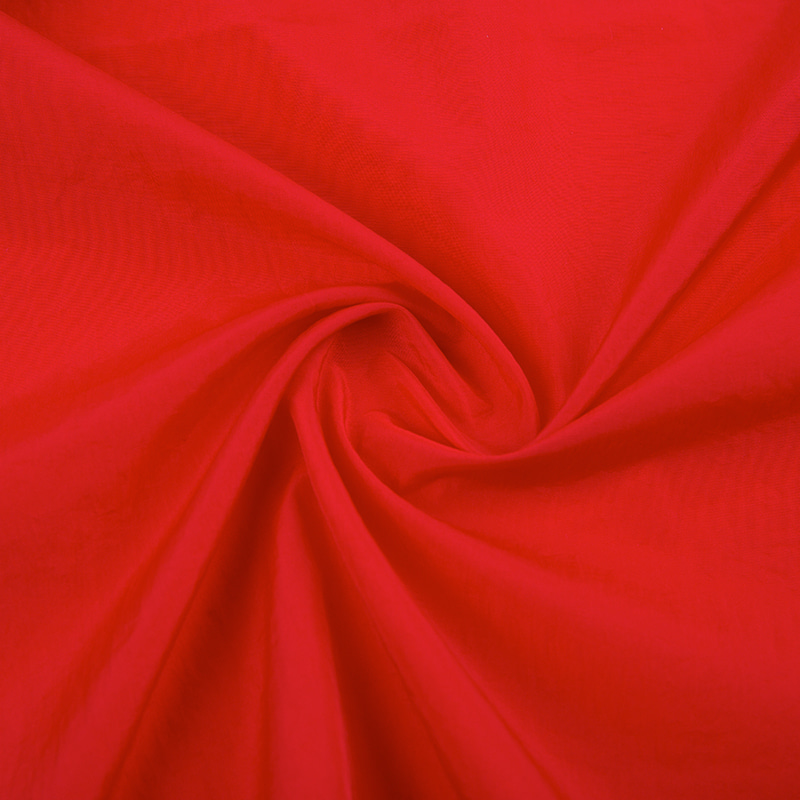 2025.08.19
2025.08.19
 Industry news
Industry news

The textile industry has undergone significant transformations with the introduction of new functional fabric technologies. Unlike conventional materials, these advanced textiles offer enhanced performance characteristics that go beyond basic coverage and comfort.
Traditional fabrics primarily focus on aesthetic appeal and basic functionality, while new functional fabric incorporates innovative materials and technologies:
The table below highlights the fundamental differences between traditional textiles and new functional fabric:
| Feature | Traditional Fabric | New Functional Fabric |
|---|---|---|
| Moisture Management | Basic absorption | Active wicking and evaporation |
| Temperature Regulation | Limited insulation | Adaptive thermal control |
| Durability | Subject to wear | Enhanced resistance to abrasion |
| Environmental Impact | Often non-biodegradable | Eco-conscious alternatives |
One of the sought-after innovations in textile technology is breathable waterproof functional fabric, which has revolutionized outdoor gear and apparel. This remarkable material combines two seemingly contradictory properties into one high-performance solution.
The science behind breathable waterproof functional fabric involves microscopic pores that are smaller than water droplets but larger than water vapor molecules. This creates a one-way barrier that:
The versatility of breathable waterproof functional fabric makes it ideal for numerous outdoor pursuits:
The healthcare industry has particularly benefited from the development of antibacterial functional fabric for healthcare applications. These specialized textiles incorporate antimicrobial agents that actively inhibit the growth of harmful microorganisms.
Antibacterial functional fabric for healthcare utilizes various technologies to achieve its protective qualities:
The implementation of antibacterial functional fabric for healthcare has shown significant improvements in patient outcomes:
| Metric | Before Antibacterial Fabric | After Antibacterial Fabric |
|---|---|---|
| Hospital-Acquired Infections | Higher incidence rates | Reduced by 40-60% |
| Textile Lifespan | Frequent replacement needed | Extended durability |
| Odor Control | Limited effectiveness | Significant improvement |
Temperature regulating functional fabric represents a quantum leap in textile innovation, offering dynamic response to environmental and body temperature changes. These intelligent materials maintain thermal conditions regardless of external factors.
The science behind temperature regulating functional fabric involves several sophisticated approaches:
When evaluated against conventional fabrics, temperature regulating functional fabric demonstrates performance:
| Condition | Standard Fabric | Temperature Regulating Fabric |
|---|---|---|
| Hot Environment | Heat retention | Active cooling |
| Cold Environment | Limited insulation | Heat retention |
| Variable Conditions | Poor adaptation | Dynamic response |
As environmental concerns grow, eco-friendly functional fabric options have emerged as a responsible alternative to conventional textiles. These sustainable materials combine ecological benefits with advanced functionality.
Eco-friendly functional fabric options utilize various renewable and low-impact resources:
The advantages of eco-friendly functional fabric options become clear when examining their lifecycle impact:
| Environmental Factor | Conventional Fabric | Eco-Friendly Functional Fabric |
|---|---|---|
| Water Consumption | High | Reduced by 50-70% |
| Chemical Use | Extensive | Minimal or none |
| Carbon Footprint | Significant | Substantially lower |
The integration of electronics with textiles has been made possible through stretchable conductive functional fabric, creating new possibilities for wearable technology. This groundbreaking material maintains electrical conductivity while retaining the flexibility and comfort of fabric.
Stretchable conductive functional fabric enables numerous technological applications:
The unique properties of stretchable conductive functional fabric offer distinct advantages:
| Property | Traditional Wiring | Conductive Fabric |
|---|---|---|
| Flexibility | Limited | High |
| Comfort | Poor | Excellent |
| Durability | Subject to breakage | Resilient |